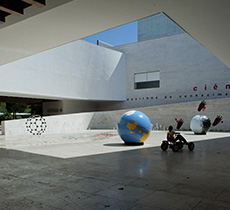Museums in Lisbon
National Tile Museum
Recognizing the tile as a Portuguese maximum expression, culturally distinctive, this museum presents the most diverse tile collections from the fifteenth century to the present day, performing a time travel. Not forgetting the museological aspect, we highlight the National Tile Museum, telling the story of the tile in Portugal since uses, decorative and globally recognized object, and the Coach Museum which has an enviable collection of carriages of the eighteenth century, elegantly decorated with paintings and detailed gilded carvings.
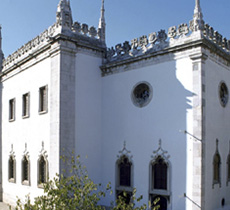
House Museum Drº Anastácio Gonçalves
In the former residence of painter José Malhoa, which was acquired by Dr. Anastacio Goncalves, ophthalmologist, who lived and installed his art collection, hosting three sections: Portuguese naturalist painting, featuring works of Lion Group, highlighting the master Silva Porto: Portuguese and international furniture from the seventeenth and nineteenth centuries and a collection of Chinese porcelain of international renown.
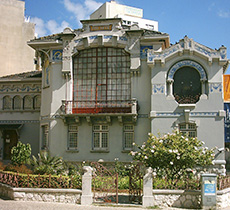
Foundation Arpad Szenes – Vieira da Silva
Near the romantic gardens Amoreiras, this is the old Royal of Silk Fabrics Factory, the eighteenth century, which was obtained works of restoration and rehabilitation, housing this foundation since 1994. This aims to disseminate and study the works of painters Arpad Szenes and Maria Helena Vieira da Silva.
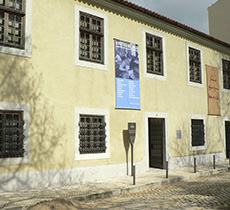
Macau Scientific and Cultural Centre
In this there are many ways that present Chinese society and the Euro-Asian relations, with works in terracotta, bronze, porcelain, paintings, silver, fabric and seals.
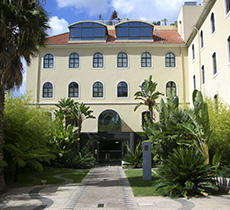
RTP – Museology collection of Radio and Television
This aims at the preservation and promotion of several conducting devices, broadcasting and reception of radio and television history. With more than five thousand pieces, which are distributed by: museum center of Madeira, Museology Collection, the Visitable Reserve and Technical Reserve, the history of media is accessible to all who are interested in knowing.
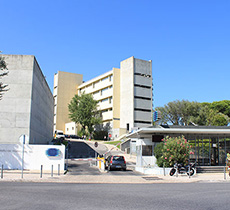
Foundation Inatel
One of the oldest foundations, dating back to 1935, this has developed strategies that appeal to the diversity of promoting its heritage activities, including hotel units at the Teatro da Trindade, Games Park May 1 in Lisbon, and the Park Ramalde in Porto.

Foundation José Saramago
At Casa dos Bicos, this foundation provides a permanent exhibition on the life and works of writer Jose Saramago, who in 1998 received the Nobel Prize for Literature, who left a range of literary and political and civic legacy.
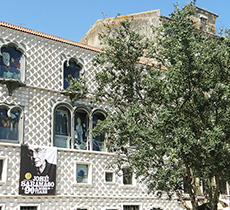
Foundation Ricardo Espírito Santo Silva
In Azurara Palace, in the Alfama district, the Museum-School of Portuguese Decorative Arts that aims to create an aristocratic ambience of the eighteenth century, with several collections of Applied Arts, who had gathered with the effort of its founder Ricardo Espirito Santo thus born this foundation. In this museum are and stand out a collection of great value furniture from the sixteenth century to the nineteenth, with paintings by national and international artists, which in Portugal have developed their work in the seventeenth century, there is a collection of jewelery century XV and XIX, porcelain, pottery, oriental textiles, Arraiolos carpets and baroque and neoclassical style tiles.
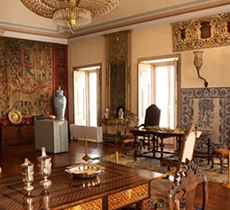
MUDE – Museum of Design and Fashion
As a cultural destination, Lisbon presents the Museum of Design and Fashion, in its historic center, this presents a collection of Francisco Capelo, with more than two thousand objects, relating to the world of fashion and design, this museum also develops a strand of cultural space, positioning the capital as a new “design capital”.
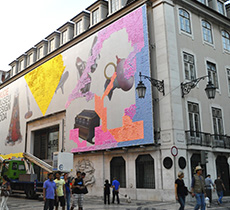
Antoniano Museum
Dedicated to St. Anthony, this is a few meters from Lisbon Cathedral, and displays various works of art that promote devotion to Saint Anthony, among sculptures, engravings, paintings, pottery, liturgical vessels and religious objects.
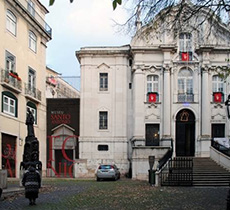
Carmo Archaeological Museum
Born in the ruins of the ancient Church of the Convent of Our Lady of Monte do Carmo Expiration, this is the oldest museum in Portugal, which has an archaeological collection, historical, and artistic history of Portugal, from pre-history to the days of today. These are in the tomb bears the nine Muses, the Roman Period; pilasters and griffins frieze lions Mozarabic period; and the tomb of King Ferdinand I.
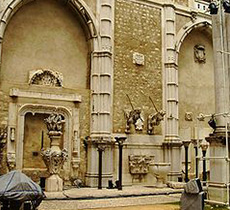
Museum Benfica Cosme Damiao
This preserve and promote the history of Lisbon, Portugal and the world, through new technologies that appeal to knowledge and experience.
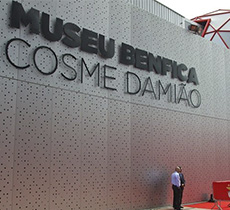
Museum Bordallo Pinheiro
Dedicated to Rafael Bordallo Pinheiro, this museum was driven by Artur Ernesto Santa Cruz Magalhaes, who presents this with a unique collection of bordaliano graphics, including painting, drawing, lithograph, printed, periodicals and ceramics.
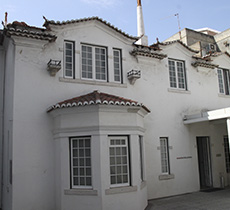
Museum Calouste Gulbenkian
Erected for housing the art collection of Calouste Sarkis Gulbenkian, this presents a collection of six thousand pieces, which are divided in sections: Art Egyptian, Greco-Roman Art, Mesopotamian Art, Eastern Islamic Art, Armenian Art, Far Art -Oriente, sculpture, book art, painting, decorative arts and works of René Lalique. Although this is a park that allows contact with nature and observation of fauna with a unique beauty.
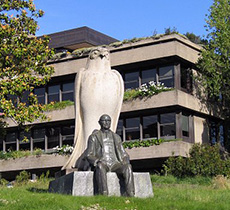
Berardo Collection Museum
Dedicated to Modern and Contemporary Art, this presents artistic movements from the twentieth century to the present day, which highlights artists such as Pablo Picasso, Salvador Dali, Marcel Duchamp, Piet Mondrian, Joan Miró, Francis Bacon, Andy Warhol, Donald Judd Bruce Nauman and Cindy Sherman, demonstrating a journey through the artistic time.
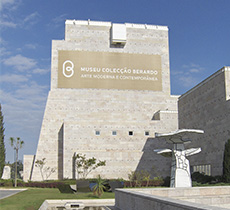
Water Museum
Along the wall of the Convent of Barbadinho, where it was built the first Steam Pumping Station in 1884, aimed at the distribution of water, Alviela Aqueduct of coming to the capital. This makes it possible to visit the Aqueduct, the Mother of Water and the Patriarchate of cisterns.
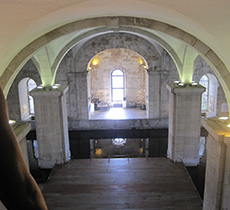
Carris Museum
Present since 1872, Carris provided a service of public transport for the city of Lisbon, and in view of this evolution, this museum offers a journey through time, through a collection composed of reports, photographs, uniforms, transport tickets, workshop equipment, electrical and buses, among others.
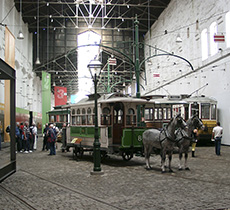
Electricity Museum
Open to the public since 2006, this aims to know the past, present and future of the energy sector, a listed building whose only beauty is an architectural milestone in Lisbon. At its core is a set of equipment that were part of the old electrical installation of the capital, joining the explanation of its operation.
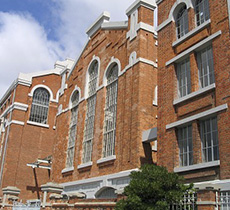
Pharmacy Museum
Welcoming the private collection of Dr. Salgueiro Basso, who donated it to the National Association of Pharmacies in 1981, this museum also has a number of the pharmacy faience, with mortars in bronze and ivory, bottles of secret remedies, dials apothecary, flasks , retorts and pharmacopoeia, since the seventeenth century, which allow a journey through time, the dumb drug.
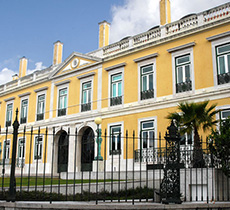
Museum of Puppetry
Occupying part of the Convent of Bernardas, this is home to more than a thousand dolls and masks from all over Portugal and abroad, keeping alive the memory puppetry, this museum aims to present the techniques of handling and use of masks, of all corners of the world and how they influenced their culture, watching models of exemplary scene, props, silhouettes of theaters, types of guardhouse scene, scene of machinery, reorganizations of the baroque period pieces, wind machine that transmitted the feeling of storms and sea conditions.
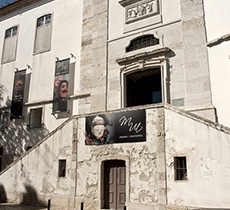
Communications Museum
Playfully offers a journey through time with the exhibition “Winning Distance – Five Centuries of Communications in Portugal” and the House of Inclusive Future, making use of new technologies, a virtual museum entirely available for the curious.
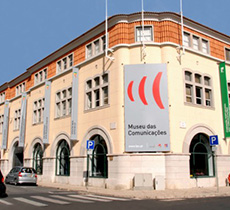
Museum of Lisbon
In the Palace Pimenta, this museum features significant collections on the evolution of the history of Lisbon, the pillars of the urban, social, symbolic and economic aspects. This preserve the memories of the capital, from ancient artefacts of Prehistory to the Republic Implementation and up to today.
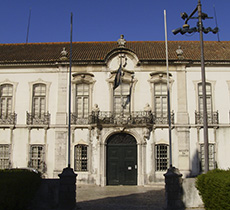
Navy Museum
Near the Jeronimos Monastery, this presents a collection of the Portuguese Navy, from boats, ship models, sea charts, nautical instruments, a seaplane, which made the first crossing of the South Atlantic in 1922.

Museum of San Roque
In the Company’s former Professed House of Jesus, this opened doors to the public in 1905 with the name of Treasury Museum of the Chapel of St. John the Baptist. This presents a collection of Italian art that is at the origin of its creation and has been increased the level of space over the years, it continues to maintain different exhibition centers.
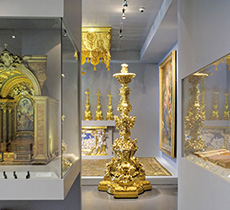
Museum of Modern Art Centre Azeredo Perdigão
This is dedicated to the art lived in the twentieth century, presented several pieces of painting, sculpture, drawing, printmaking and photography.
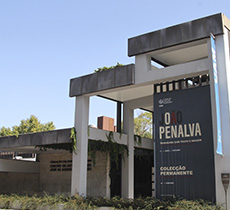
Chiado Museum
Focused to the Portuguese art, this presents a collection from 1850 to the present day. However, it also presents collections of international artists.
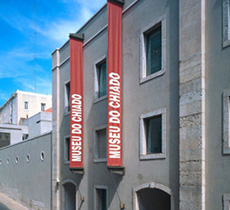
Museum Combatant
At Fort of Bom Successo, this houses this museum since 2003 to promote the conservation of Portugal’s history, milestones accomplished by Portuguese military since World War I, Campaigns Overseas and Peace Missions, honoring the fighters who for his nation fought in overseas.
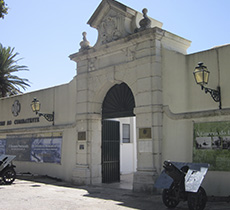
Fado Museum
Focusing on the history of typical music of Lisbon, from its origins to what is currently heard in this museum are various objects related to Fado, from musical instruments, trophies, records and sheet music; the box “Fado” by José Malhoa; works of Rafael Bordallo Pinheiro, Constantino Fernandes, Cândido da Costa Pinto, Arnaldo Bay Almeida, João Vieira, Júlio Pomar, among other artists.
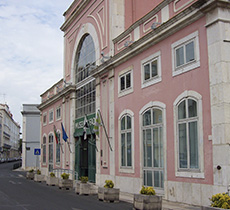
Oriente Museum
You are in a structure forties, this was adapted, enjoying a view of the river Tagus, where exhibitions reporting evidence of the Portuguese presence in the East; other on Asian traditional arts, including shows and activities related to the oriental culture.
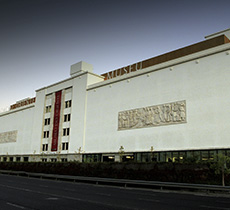
Geological Museum
Created by the Geological Commission in 1857, it houses specimens collected by the pioneers of this area in the country, including Carlos Ribeiro, Delgado, Pereira da Costa, Paul Choffat, among others. This is the 2nd ancient building floor Convent of Jesus, presenting several collections of Palaeontology, stratigraphy, archeology and mineralogy with a great scientific and historical interest for both domestic and foreign researchers.
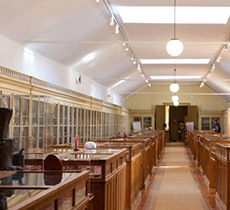
Military Museum
Beginning to be organized since 1842 by Pedral Hill Baron, after a few years in the twentieth century, the first director, General José Eduardo Castelbranco decorated the rooms with works of artists of the time. This brings together a diverse collection of armory, war and art equipment, which targets a present artistic value.
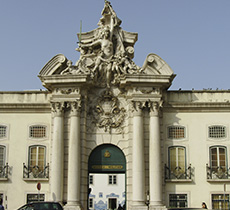
National Music Museum
This is a collection of European musical instruments from the eighteenth century to the twentieth century, most of them were collected by Michel’angelo Lambertini.
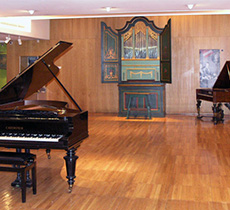
National Archaeological Museum
Founded in 1893, this is the Jeronimos Monastery since 1903, incorporating a collection that is distributed by several archeology cores, ethnography, jewelery and coin collections, pre-Latin and Latin epigraphy, sculpture, writing documentation, mosaics , physical anthropology, among others. This stands out the collections of National Archaeology, which results from field work by the museum, which aimed to establish the history of human occupation.
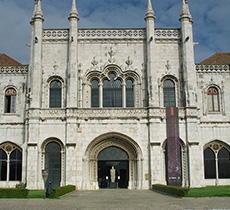
National Museum of Ancient Art
Present for more than 130 years in Alvor Palace, this hosts a Portuguese art collection, with paintings, sculptures, jewelery parts and European, African and Oriental decorative arts from the Middle Ages to the present.
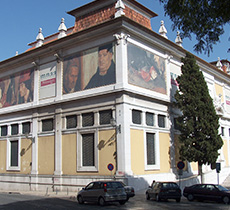
National Museum of Ethnology
Featuring an ethnographic collection coming from the world at this there are the collections of the Makonde people and Indians of the Amazon, along with a core that aims to present the Portuguese agricultural implements.
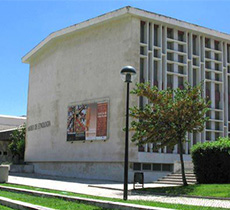
National Museum of Natural History and Science
A space dedicated to education, science and culture, this comes from the Royal Museum of Natural History and Botanical Garden, created in the eighteenth century. This museum features collections of natural history, scientific instruments aimed at stimulating the compression of nature and science.
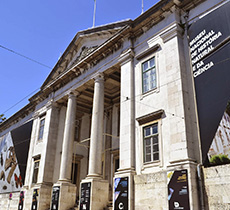
National Theatre Museum
In the Palace of Monteiro-Mor, this presents between costumes, stage props, models of sets, costumes, caricatures, programs, posters, among thousands of photographs of the importance of the theater in the role of the Portuguese society, from the seventeenth century to the present day.
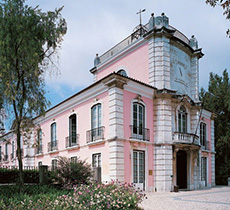
National Costume Museum
Opened in 1977 in Angeja-Palmela Palace, this presents a collection in which the female costume prevails, never forgetting the men’s clothing and children, all on a journey from the seventeenth century to the present day, including undergarments, the folk costumes, lace and embroidery, shoes, shawls and bags.
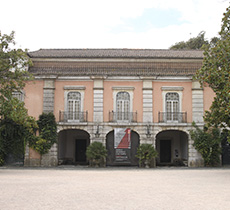
National Coach Museum
In the former riding arena of the Palace of Belém, it was here that they began to gather the first pieces of the collection, Amélia of Orleans and Braganza, wife of King Charles I. However, in 2015, this collection of coaches, Berlins, Carriages, caleças, fétones, coupes, sedan chairs and chairs of the seventeenth, eighteenth and nineteenth centuries, moved to a new house, designed by Brazilian architect Paulo Mendes da Rocha.
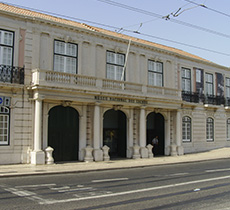
Museum Centre Castle
With a collection of various archaeological investigations taking place since 1996, it has three exhibition centers, the first dedicated to the Alcazaba Islamic Lisbon, the second Other Experiences and the third one subnucleus dedicated to covering ceramics from the XV to XVIII .
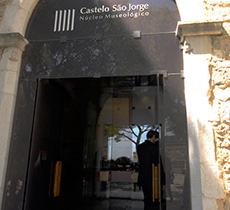
Museum Centre of the Prazeres Cemetery
A space that presents a diverse estate welcomed the chapels and abandoned graves in this cemetery.
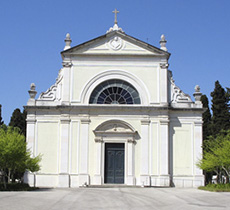
Lisbon Oceanarium
Welcoming mies eight thousand animals and plants, this oceanarium aims to be the ocean in Lisbon, promoting their knowledge, raising awareness for their protection, conserving the natural heritage and explaining how social behaviors can change a lot.
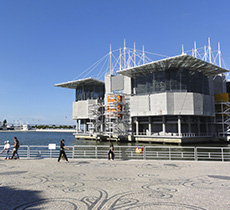
Pavilion of Knowledge – Ciência Viva
An interactive museum that involves science and technology, stimulating scientific knowledge and scientific and technological culture for all curious. With exhibits and activities to explore playfully all scientific aspects of the Knowledge Pavilion.
